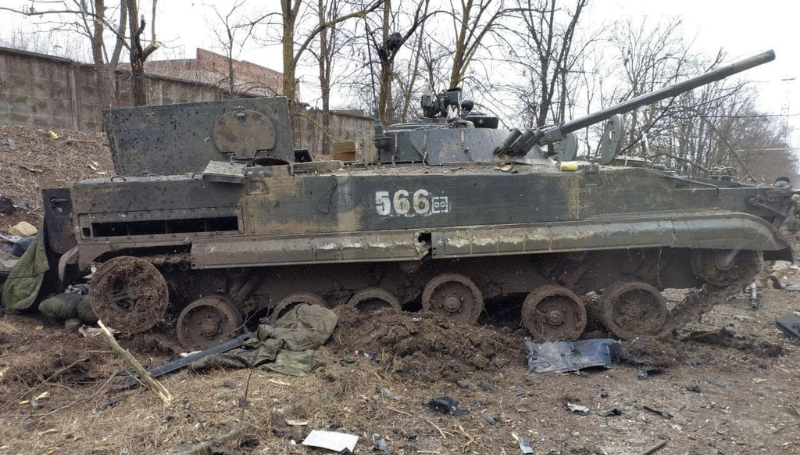Robbie Gramer
Foreign Policy, June 7, 2022
“The risk of escalation still remains, so it’s prudent for NATO planners to be thinking about what a potential conflict between NATO and Russia could look like.”
During his decade and a half at the Pentagon, Christopher Skaluba read countless reports and assessments on the Russian military and how it squared up against NATO forces. Now that he has left and has watched Russia’s invasion of Ukraine falter for months, he has a new message for defense planners: “Every single one of those assessments that I’ve read for the last decade and more have been wrong.”
Across NATO, defense planners are reassessing Moscow’s military might in their contingency plans in the unlikely event of a conventional war between the alliance and Russia, according to multiple current and former U.S. and European defense officials. The reassessments come after Moscow’s embarrassing military setbacks in Ukraine, as well as the Kremlin’s willingness to launch a full-fledged military invasion in the first place.
There are two major assumptions that defense planners in major NATO capitals got wrong for years, former NATO Secretary-General Anders Fogh Rasmussen said in an interview with Foreign Policy. First, Rasmussen said, “we have overestimated the strength of the Russian military. Despite huge investments in military equipment and the reopening of old Soviet bases, we have seen a very weak Russian military.”
Robbie Gramer is a diplomacy and national security reporter at Foreign Policy. Twitter: @RobbieGramer
Amy Mackinnon is a national security and intelligence reporter at Foreign Policy. Twitter: @ak_mack
To view original article, click here


